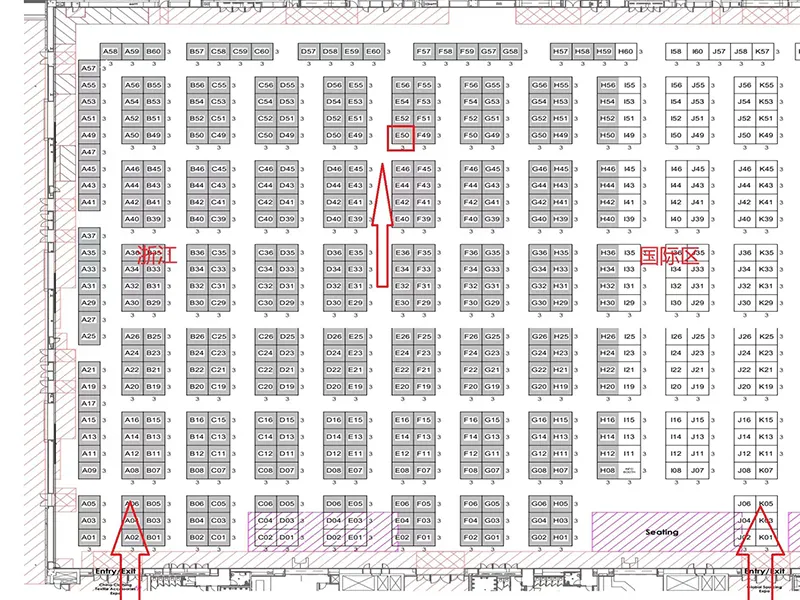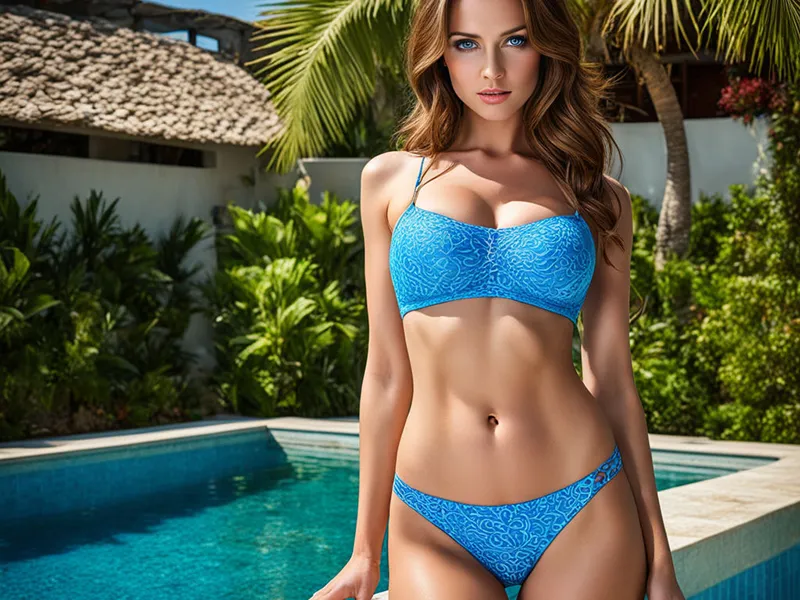Time:
Apr 15,2024
PBT fabric, also known as polybutylene terephthalate fabric, is a synthetic fiber material renowned for its array of exceptional properties. Crafted through a specialized chemical process, it boasts a host of characteristics and advantages that have cemented its widespread utilization across the textile industry.

Production Process and Raw Materials: The manufacturing of PBT fiber typically involves the use of dimethyl terephthalate and 1,4-butanediol via transesterification. This process, conducted under high temperature and vacuum conditions, incorporates organic titanium or tin compounds alongside titanic acid. Tetra butyl ester serves as a catalyst for the ensuing polycondensation reaction, culminating in the production of PBT fabric through melt spinning.
Physical Properties: PBT fiber exhibits notable strengths, ranging between 30.91~35.32cN/tex, coupled with excellent elongation capabilities spanning 30% to 60%. With a melting point of 223℃, its crystallization velocity surpasses that of polyethylene terephthalate by tenfold, showcasing outstanding elongation, elastic recovery rates, and ease of dyeing.
Chemical Properties: Renowned for its superb chemical resistance, lightfastness, and heat tolerance, PBT fabric stands out as an ideal choice for textiles necessitating these properties.
Application Fields: PBT fiber finds extensive application in crafting highly elastic textiles, including swimsuits, hosiery, training apparel, and gymnastics attire. Its durability, dimensional stability, and elasticity render it indispensable in swimwear fabric and swimsuit material production. Moreover, PBT fiber filaments, amenable to deformation processing, can be blended with other fibers, utilized in core-spun yarn for elastic denim, and even fashioned into wool-like fabrics.
Environmetal Sustainability and Market Outlook: Positioned as another polyester fiber variant alongside PET and PTT, PBT fabric boasts promising market prospects. As technological advancements burgeon and consumer demands for clothing comfort and versatility evolve, PBT fiber's textile applications are poised to expand significantly.
Comparison with Other Fibers: Contrasted with PET fiber, PBT fabric excels in dyeing performance, facilitating boiling and dyeing with disperse dyes sans the need for carriers under normal pressure. Additionally, PBT fiber's elasticity ranks second only to spandex, surpassing that of nylon, thereby enabling its substitution for spandex in select fabric compositions.

When utilizing PBT fabric for making plus size swimwear, particularly for l large bust bathing suits, it's crucial to account for its shrinkage rate. Failing to do so may result in inaccurate sizing or garments that are too small. Prior to commencing production of big bust swimwear, thorough testing of PBT fabric's shrinkage rate is advisable for optimal sizing precision.
In summary, PBT fabric occupies a pivotal niche within the textile industry, owing to its distinctive properties and extensive application spectrum. With ongoing technological progressions and a diversifying consumer landscape, PBT fabrics are primed for substantial growth and poised to assume a more prominent role in the textile market's future trajectory.






